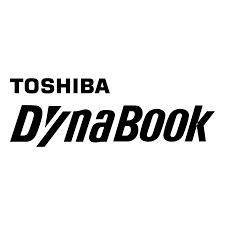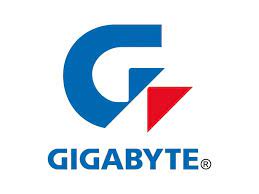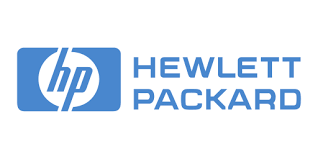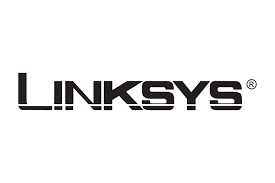The “best” way to back up your business data isn’t a single, one-size-fits-all solution. It depends on various factors like the size and nature of your business, the volume and sensitivity of your data, and your budget. However, here are some key principles and approaches to consider for a robust backup strategy:
1. The 3-2-1 Rule: This industry standard emphasizes creating 3 copies of your data, storing them on 2 different media types, with 1 copy kept offsite. This ensures redundancy and minimizes the risk of losing data due to hardware failure, software issues, or even physical disasters like fire or theft.
2. Backup Methods:
- Local Backups:
- External hard drives: Offer portability and affordability but are susceptible to physical damage and onsite disasters.
- Network-attached storage (NAS): Provides centralized storage and easier access but requires additional investment and might not be suitable for highly sensitive data.
- Cloud Backups:
- Public cloud storage: Offers scalability, remote access, and potentially lower costs but might raise security concerns for sensitive data.
- Backup as a service (BaaS): Provides comprehensive backup solutions with features like automated scheduling, encryption, and disaster recovery, but usually comes at a higher cost.
3. Backup Automation:
- Schedule regular backups to ensure data is consistently captured. Consider both full and incremental backups, where only changed data is backed up after the initial full copy.
- Automate the backup process to eliminate the risk of human error and ensure backups are performed consistently.
4. Testing and Recovery:
- Regularly test your backups to ensure they are functional and you can successfully recover data in case of an incident.
- Develop a clear disaster recovery plan outlining the steps involved in restoring your data and resuming operations after a data loss event.
5. Security:
- Implement strong encryption for your backups, both in transit and at rest, to safeguard your sensitive data from unauthorized access.
- Maintain good password hygiene and access controls to prevent unauthorized individuals from tampering with your backups.
Remember, choosing the best approach involves assessing your specific needs and consulting with IT professionals if needed. They can help you create a customized backup strategy that aligns with your business requirements and budget, ensuring your valuable data is well-protected.





















































































